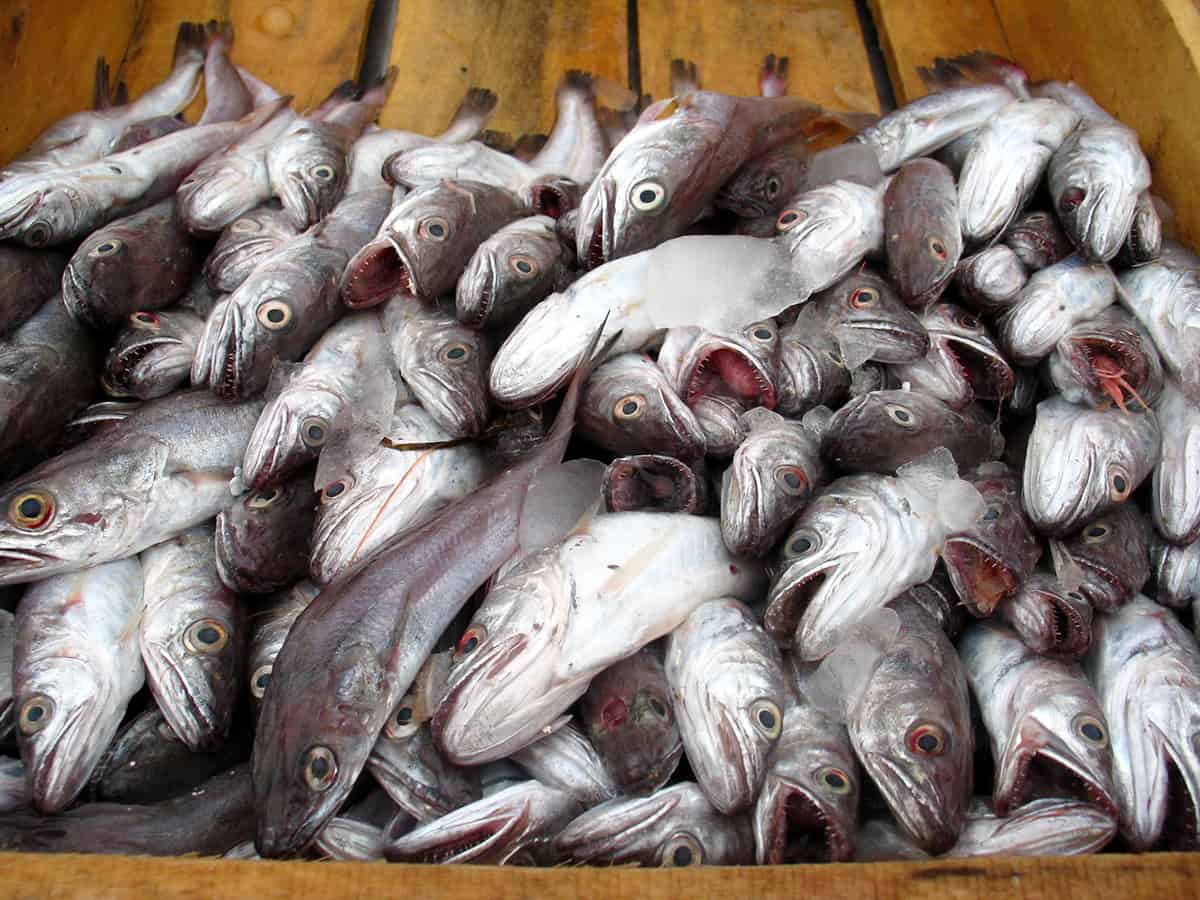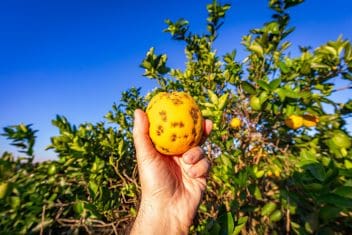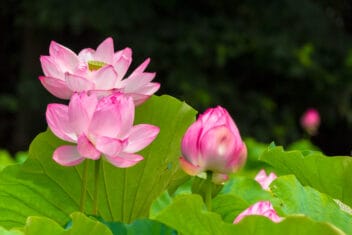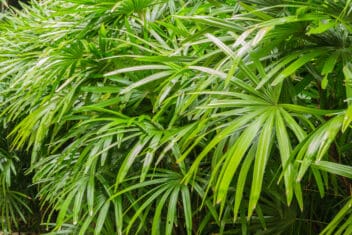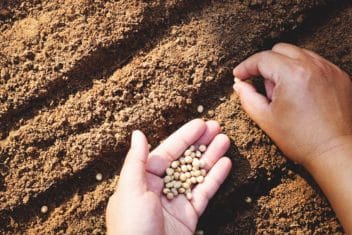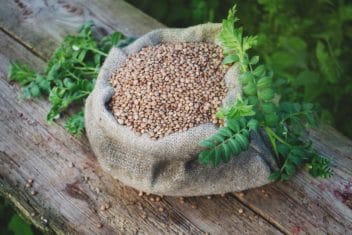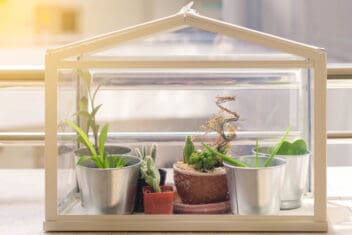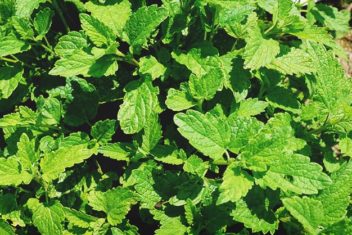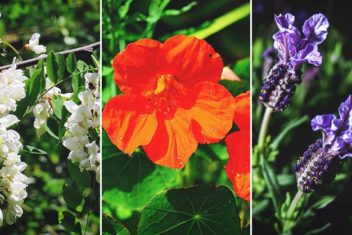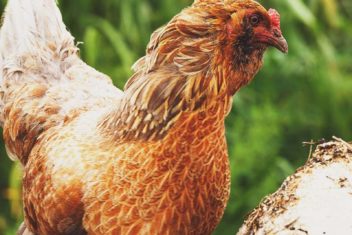One of the foundations of self-sufficient living is to never let anything go to waste. Or at least try to waste as little as possible. For example, vegetable scraps get transformed into compost to mix into your garden soil.
For all the bits that are leftover from your home-caught fish dinners, they can be transformed into a nutrient-rich fertilizer. Never mind spending tons of money at the hardware store: you can easily make your own homemade fish emulsion at home.
Gather Your Ingredients
To make homemade fish emulsion, you only need a few basic ingredients. Fortunately, these can likely be found in and around the old homestead.
For example, the ingredients you’ll need are as follows:
- A five-gallon bucket with a lid
- Four or five cup of miscellaneous fish bits
- Water
- Well-aged sawdust or compost
- Blackstrap molasses
- Seaweed or algae (optional)
- Epsom salts (also optional)
If you have a compost heap on your property, then you’re going to want to dig out some of the most well-aged bits to use here.
You can also save some of the dust and detritus from when you’re sawing and chopping wood for winter. Considering how much wood the average home uses during the cold months, you’re sure to create a pile of the stuff.
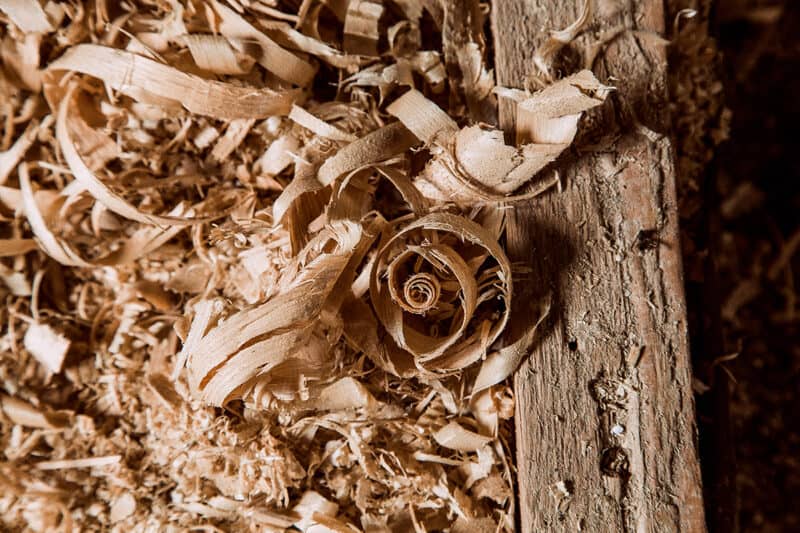
Keep all your sawdust in one place and let it age nicely. It’ll get all crumbly over time as it decomposes, which makes it pretty much ideal for mixing in with various fertilizers.
Using this stuff also means that you’re adhering to the “let nothing go to waste” tenet mentioned earlier.
Sources for Fish
As for the fish… well, this can be accumulated several different ways.
We’re lucky enough to have a river full of Northern pike, smallmouth bass, perch, catfish, and trout. This allows us to have a great local protein source and plenty of scraps to use in and around the garden.
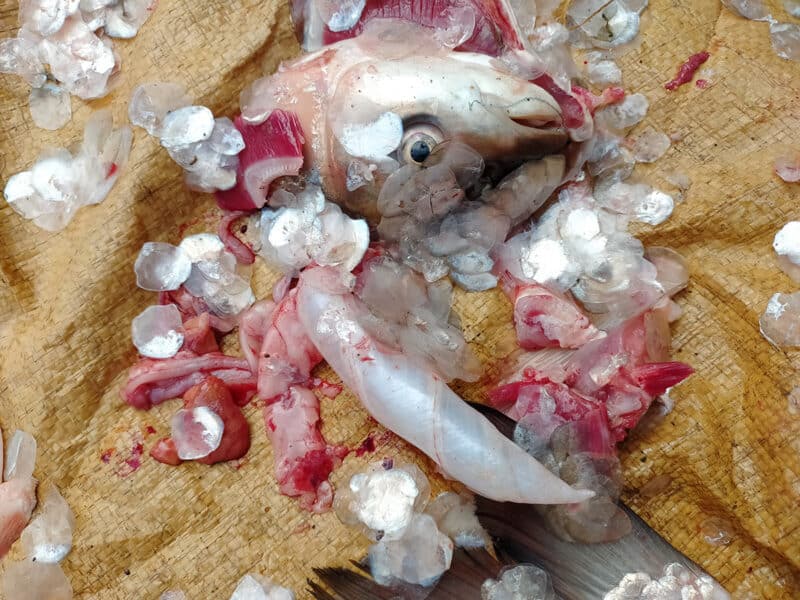
If you don’t go fishing on your own but have access to fresh fish at the grocery store, that’s awesome! Save the fish heads, bones, skin, tails, and other inedible bits in the freezer until you have a solid four to five cups’ worth to work with.
Alternatively, if there’s no fresh fish to work with, that’s okay too. Just go to the dollar store and pick up eight to ten cans of fish. Sardines, mackerel, and anchovies all work well, provided that they’re packed in water rather than oil.
The homemade fish emulsion that we’ll be brewing here is very high in nitrogen (N). This means that it’s ideal for leafy green growth.
You’ll be using this stuff to nourish your kale, spinach, and other plants that need big bursts of N to flourish. If you want to use your fish emulsion to feed other plants, you’ll need to add other trace minerals.
This is where the Epsom salts and algae or seaweed come in. The salts will add magnesium and sulfur to the mix.
As for the seaweeds, not only are they packed with growth hormones, they also stimulate beneficial soil bacteria. This makes your plants more resistant to harmful nematodes and increases their nutrient value.
Since we don’t live near the ocean where stuff like kelp and bladderwrack are plentiful, we make do with algae and other water plants from the riverbed. You can also order seaweed online, or use leftover nori wraps that have gone soggy and inedible at the back of the pantry.
The molasses will add the sugars needed to ferment everything. If you don’t have them on hand, you can use brown sugar instead.
Mix and Brew
Don’t use raw fish to make your homemade emulsion. Use bits that have already been cooked or give raw parts a quick boil before using them. This stuff will stink to high heaven anyway, but raw fish will make it so much worse.
Get that five-gallon bucket of yours and fill it just under halfway with compost or aged sawdust. Then add your four or five cups’ worth of fish bits.
Add water to cover all of this, then add about half a cup of molasses. If you want to add seaweed and Epsom salt, now’s the time to do it. Just chop up the seaweed first, so it breaks down more easily. As for the salt, a teaspoon or two should do fine.
Fill up the rest of the bucket with water until it’s about two inches below the top. Give it all a good stir with a stick, or a wooden spoon that you’ll never return to the kitchen again.
Cover the bucket with a lid, but don’t close it super tightly. As this stuff ferments, it’ll build up some powerful pressure as well as stench, and you don’t want the top blown off and the contents to be strewn literally everywhere. Let it brew for two to four weeks, stirring regularly.
Erm, as a side note, I’d recommend storing this stuff somewhere you won’t mourn too much if it does erupt with great enthusiasm. For example, in a lean-to shed attached to an outbuilding that’s furthest away from the house. Not in the basement next to your partner’s lovingly home-canned peaches.
Put This Stuff to Good Use!
After your homemade fish emulsion has been brewing for a few weeks, it’s pretty much ready to use. I recommend straining the mixture into another large bucket, so you don’t have chunky bits sloshing around in it.
This way, you have a ton of bioavailable nutrients ready to pour and use as needed.

Once you’re ready to use it, I suggest getting yourself a handy garden sprayer that holds at least a couple of gallons of water. You’re going to use three to four tablespoons of fish emulsion per gallon of water to use as a soil drench.
To apply this, water your plants thoroughly as you would normally. Then, spray the emulsion on the bases of your plants’ stems. The water you drenched them with initially will help them suck up all the happy fishy nutrients.
Do this once or twice a month during the growing season, either early in the morning or later in the evening. Experiment to see which your plants like best.
Watering in the evening means the nutrients will be sucked down into the roots more. In contrast, drenching in the early morning will send those nutrients up into the leaves instead.
If you’re into planting and gardening by lunar cycles, then aim to do this when the moon is waxing towards fullness. Since this feed nourishes green growth the most, that’s when it’ll make its way up into the stems and leaves.
Some people also like to use this fish emulsion as a foliar feed. If you’d like to try doing this too, then reduce the amount of fertilizer to one to two tablespoons per gallon of water instead.
Remember that foliar feeding also works best in the morning or evening. Watering them at these times will also reduce the risk of your plants being burned by intensified sun’s rays during the hottest part of the day.
Longevity and Storage
Provided that you keep agitating your homemade fish emulsion well on the regular, this brew will stay healthy and usable for six months to a year. Of course, if you have a thriving vegetable garden, you may very well get through all of it in a single season.
Keep in mind that this emulsion is high in nitrogen. As a result, it’ll also make green, grassy lawns all lush and pretty like.
If you have a grassy space on your property that you’d like nourished, you can hose it down with this emulsion as well. Also feel free to use it as a feed for growing fruit trees, berry bushes, and even decorative deciduous species.
These nutrients are never really wasted. Whatever your garden doesn’t use will sink down into the soil and be sucked up by nearby plants. Chances are the trees and shrubs on the periphery of your property will perk up nicely after a few doses.
As for storage… remember what we said earlier about letting it brew somewhere you won’t be flattened by its appalling stench?
That goes for where you end up storing it too. Try to keep the bucket out of direct sunlight unless you want to fall over the next time you open it.
Just as an aside, having a partially opened bucket of this stuff at the foot of the driveway is rather spectacular for keeping unwanted visitors at bay.
